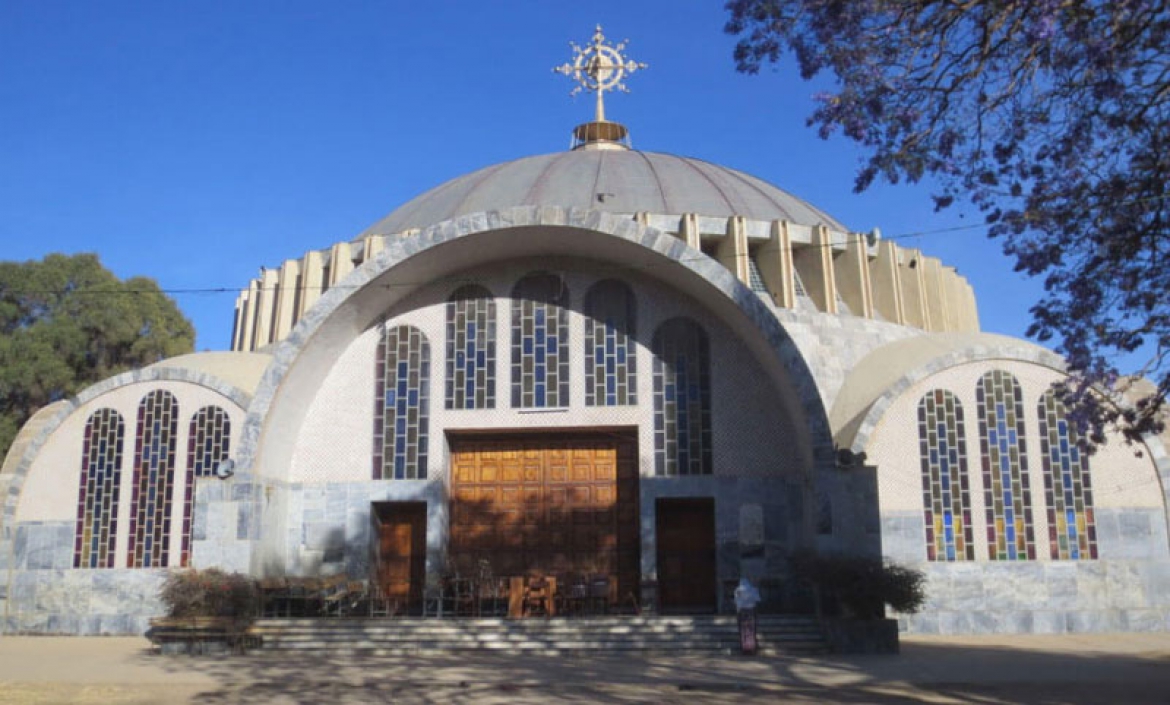Axum or Aksum (/ˈæksuːm/; Tigrinya: ኣኽሱም Ak̠ʷsəm; Amharic: አክሱም Ak̠sum) in Ethiopia is the site of the historic capital of the Aksumite Empire. It is now a tourist town with a population of 66,800 residents (as of 2015).
The Aksumite Empire was a naval and trading power that ruled the region from about 400 BCE into the 10th century. In 1980, UNESCO added Axum’s archaeological sites to its list of World Heritage Sites due to their historic value.
Axum is located in the Maekelay Zone of the Tigray Region, near the base of the Adwa mountains. It has an elevation of 2,131 metres (6,991 ft) and is surrounded by La’ilay Maychew district.
Axum was the centre of the marine trading power known as the Aksumite Empire, which predated the earliest mentions in Roman-era writings. Around 356 CE, its ruler was converted to Christianity by Frumentius. Later, under the reign of the Emperor Kaleb, Axum was a quasi-ally of Byzantium against the Sasanian Empire which had adopted Zoroastrianism. The historical record is unclear, with ancient church records the primary contemporary sources.
It is believed it began a long and slow decline after the seventh century due partly to the Persians and then the Arabs contesting old Red Sea trade routes. Eventually, Aksum was cut off from its principal markets in Alexandria, Byzantium and Southern Europe and its trade share were captured by Arab traders of the era. The Aksumite Empire was finally destroyed by Empress Gudit[citation needed], and eventually, some of the people of Aksum were forced south and their old way of life declined. As the empire’s power declined so did the influence of the city, which is believed to have lost population in the decline, similar to Rome and other cities thrust away from the flow of world events. The last known (nominal) emperor to reign was crowned in about the 10th century, but the empire’s influence and power ended long before that.
Its decline in population and trade then contributed to the shift of the power center of the Ethiopian Empire south to the Agaw region as it moved further inland. The city of Axum was the administrative seat of an empire spanning one million square miles. Eventually, the alternative name (Ethiopia) was adopted by the central region, and subsequently, the present modern state.




